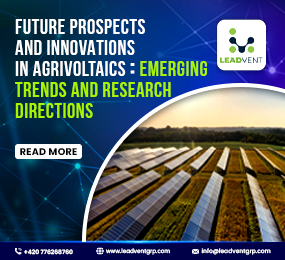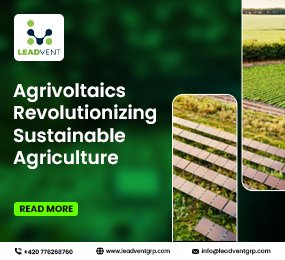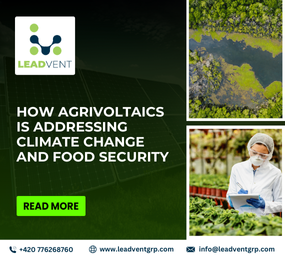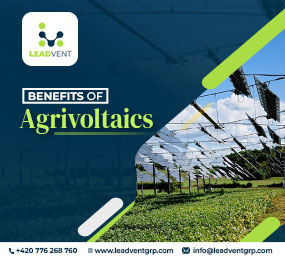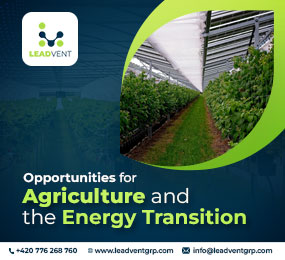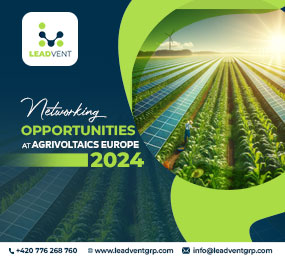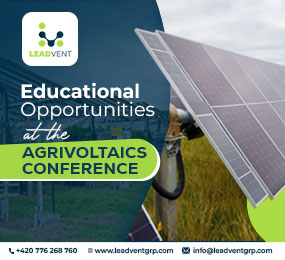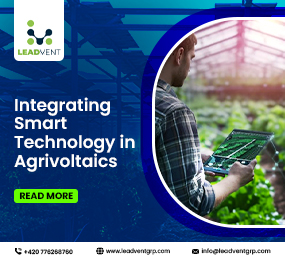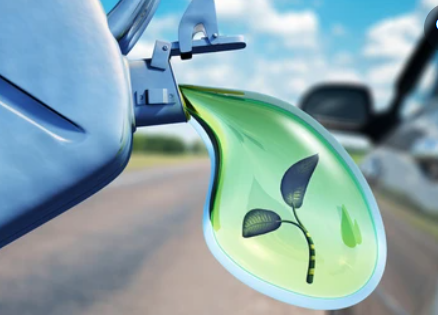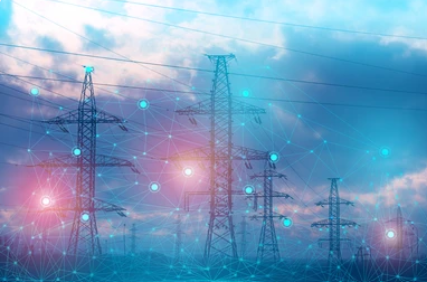Agrivoltaics: Where Farming Meets Clean Energy
The global demand for food and clean energy is rising fast. But with limited land and growing environmental pressures, the challenge is finding ways to meet both needs without compromising one for the other. Enter agrivoltaics, a solution that bridges farming and solar energy production by allowing both to thrive on the same piece of land.
At first glance, farming and solar panels might seem like competing land uses. But agrivoltaics also known as dual-use solar proves they can be powerful partners. This innovative approach is taking root in places where agricultural productivity and energy resilience matter most.
What Is Agrivoltaics?
Agrivoltaics is the practice of installing solar panels above or around crops so that both farming and electricity generation happen simultaneously. The panels are elevated and spaced to let sunlight, rain, and machinery access the crops below.
In many cases, these systems not only produce clean electricity but also create a microclimate that benefits the crops reducing water evaporation, shielding plants from excessive heat, and even extending growing seasons in some regions.
It’s not a trade-off; it’s a win-win.
Supporting Farmers and the Grid
For farmers, agrivoltaics offers more than just shade for their crops it provides an additional revenue stream. Selling electricity or leasing land to solar developers can help stabilize incomes in the face of unpredictable weather, market fluctuations, and rising costs.
In rural areas, these systems can also improve local energy access and reduce dependence on fossil fuels. By integrating solar production directly into farming communities, agrivoltaics decentralizes energy and boosts grid resilience.
Several pilot projects across Europe, Asia, and parts of Africa have shown promising results. In France, vineyards shaded by solar panels have produced healthier grapes during heatwaves. In Japan and India, agrivoltaics has helped small-scale farmers grow crops while powering nearby villages.
Design and Challenges
Agrivoltaic systems are not one-size-fits-all. Different crops have different light requirements, and systems must be designed accordingly. For instance, leafy greens may benefit from partial shading, while grains might require more open sunlight.
Challenges do exist initial installation costs can be high, and managing both energy and crop production requires thoughtful planning. But with supportive policies and better financing models, agrivoltaics is proving to be a viable option for climate-smart agriculture.
Key Takeaway:
Agrivoltaics is redefining how we think about land use turning the choice between food and energy into a partnership rather than a compromise. It’s a practical path forward for feeding communities, empowering farmers, and growing clean energy together, on the same ground.
Learn more on our website: https://www.leadventgrp.com/events/4th-annual-agrivoltaics-europe/details
For more information and group participation, contact us: [email protected].
Leadvent Group - Industry Leading Events for Business Leaders!
www.leadventgrp.com | [email protected]


